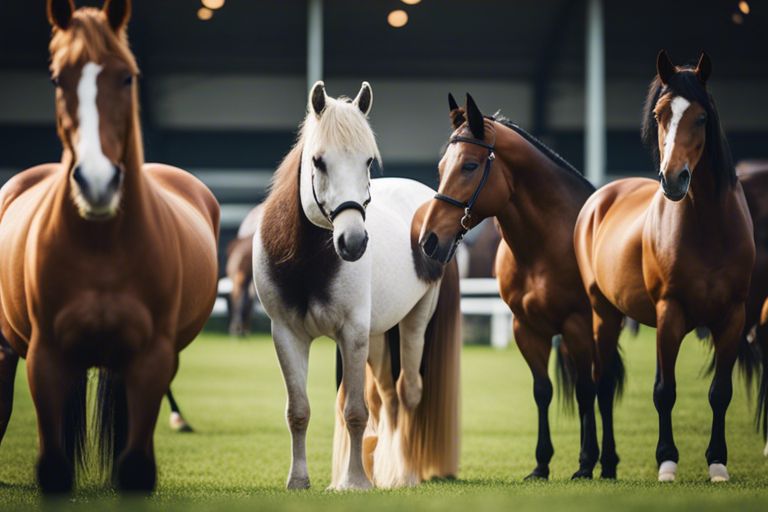There’s a wide range of horse breeds out there, but not all are suited for equestrian sports. To ensure you find the perfect match for your riding goals, it’s crucial to consider factors such as temperament, size, discipline, and skill level. By understanding these key elements, you can confidently choose a horse breed that will excel in the equestrian discipline of your choice.
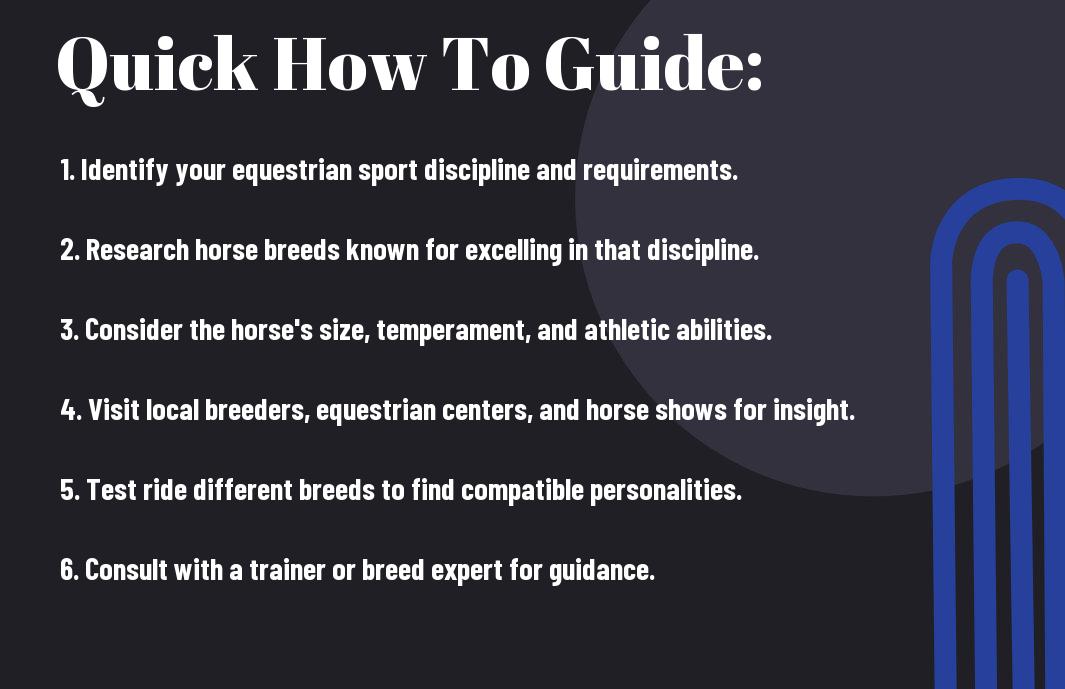
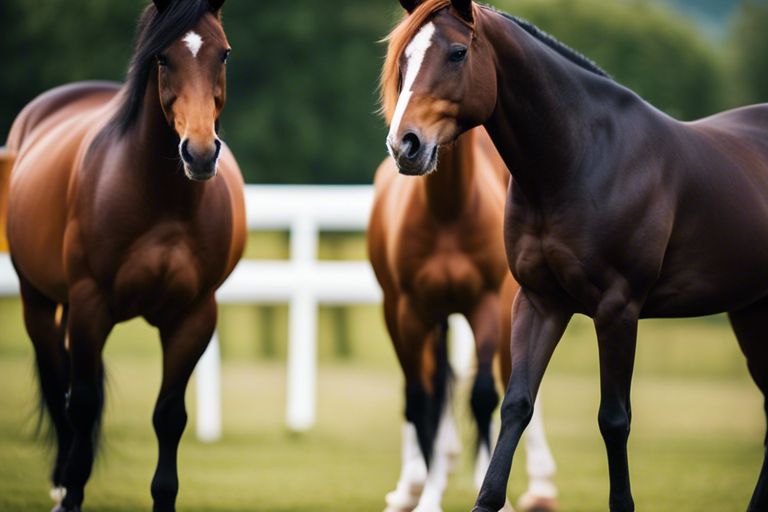
Understanding Your Equestrian Goals
Identifying Your Discipline: Jumping, Dressage, or Eventing
Now, before choosing the right horse breed for equestrian sports, knowing your equestrian goals is crucial. The first step is to identify the discipline you are interested in, whether it’s jumping, dressage, or eventing. Each of these disciplines requires specific traits in a horse to excel, so understanding which one you are passionate about will help narrow down your breed options.
Determining Your Competitive Level: Beginner, Intermediate, or Advanced
For determining your competitive level, understanding where you stand on the equestrian skill spectrum is necessary. Whether you are a beginner, intermediate, or advanced rider will impact the type of horse you should consider. Here are some points to consider to help you determine your competitive level:
- Beginner:
You are new to riding and still learning basic skills. You may be more comfortable with a calm and forgiving horse. - Intermediate:
You have some experience riding and are looking to improve your skills. You may be ready for a horse with a bit more energy and athleticism. - Advanced:
You have a strong foundation in riding and are competing at higher levels. You may be looking for a horse with advanced training and capabilities.
For instance, if you are an advanced rider competing at higher levels, you would want a horse with advanced training and capabilities to match your skill level. However, if you are a beginner rider just starting out, a calm and forgiving horse would be more suitable to help you build confidence and basic riding skills.
Key Factors to Consider When Choosing a Horse Breed
The choice of horse breed is crucial when it comes to selecting the right partner for equestrian sports. Several key factors should be taken into consideration to ensure that you find a horse that meets your expectations and goals.
Temperament: Energy Level, Trainability, and Attitude
You must take into account the temperament of the horse breed you are considering. The energy level, trainability, and attitude of the horse will greatly impact your training experience and the success you achieve together. Some breeds are known for being highly energetic and spirited, while others are more laid-back and easy to train.
Athletic Ability: Speed, Agility, and Endurance
To excel in equestrian sports, consider the athletic ability of the horse breed. Speed, agility, and endurance are key factors that will determine the performance level in different disciplines. Whether you are aiming for speed in racing or precision in dressage, choosing a breed with the right athletic attributes is crucial for success.
Horses designed for speed, like Thoroughbreds, may not have the endurance required for long-distance rides, while breeds like Quarter Horses are known for their agility and quick bursts of speed.
Size and Conformation: Height, Weight, and Body Type
Trainability must also be considered when selecting a horse breed. The size and conformation of the horse will impact its ability to perform in specific disciplines. Whether you need a tall horse for show jumping or a sturdy build for western riding, choosing a breed with the right size and body type is crucial.
It is important to note that each discipline within equestrian sports may have specific requirements in terms of size and conformation. For example, a larger, heavier horse may be more suitable for carrying weight in activities like polo or ranch work, while a lighter, smaller build may be better for activities that require agility and speed.
Knowing how the temperament, athletic ability, and size and conformation of a horse breed align with your goals and preferences will help you make an informed decision when choosing the right horse breed for equestrian sports.
Popular Horse Breeds for Equestrian Sports
Warmbloods: The Ultimate Competition Horses
All equestrian sports require a high level of athleticism and skill from both you and your horse. Some Warmbloods, such as the Dutch Warmblood, Hanoverian, and Holsteiner, are known for their excellence in competition. These breeds are bred specifically for their jumping ability, movement, and temperament, making them ideal partners for jumping, dressage, and eventing disciplines. Their elegant appearance and powerful strides make them stand out in the show ring.
Thoroughbreds: Speed and Agility for Jumping and Eventing
For those interested in jumping and eventing, Thoroughbreds can be a great choice. Their natural speed and agility make them well-suited for these high-intensity sports. Thoroughbreds are known for their stamina and boldness, which are necessary qualities for tackling challenging cross-country courses. These traits, combined with their athleticism, make them versatile athletes for various equestrian disciplines.
For jumping and eventing, Thoroughbreds are popular choices due to their ability to navigate courses with precision and speed. Their strong build and innate athleticism allow them to excel in these fast-paced and demanding disciplines. If you are looking to compete in jumping or eventing, a Thoroughbred can be an excellent partner to help you reach your competitive goals.
Quarter Horses: Strength and Agility for Western Disciplines
One of the most popular breeds for Western disciplines such as reining, cutting, and barrel racing is the Quarter Horse. Known for their strength, agility, and calm demeanor, Quarter Horses excel in events that require sudden bursts of speed and tight turns. Their muscular build and low center of gravity make them well-suited for maneuvers like sliding stops and quick direction changes.
Considered the ultimate all-around horse, the Quarter Horse is highly versatile and can adapt to various Western disciplines. Whether you are a beginner looking to start in Western riding or an experienced competitor aiming for championship titles, the Quarter Horse can be a valuable partner in helping you achieve your Western equestrian goals.
Tips for Evaluating a Horse’s Potential
Despite the breed of horse you choose, assessing their potential for equestrian sports is crucial. By taking a closer look at specific qualities and abilities, you can determine whether a horse is well-suited for your chosen discipline.
- Assessing Movement and Gaits: Now, when evaluating a horse’s potential, pay close attention to their movement and gaits. A horse with smooth, fluid movements and well-defined gaits is more likely to excel in disciplines like dressage or show jumping. Look for a horse that demonstrates clear transitions between gaits and shows engagement from their hindquarters.
Evaluating Jumping Ability and Technique
Technique: Now, when evaluating a horse’s jumping ability, focus on their technique over sheer height or speed. A horse with a strong bascule, tight knees, and quick reflexes is likely to perform well in show jumping or eventing. Look for a horse that shows a willingness to jump and can adjust their stride easily to meet the demands of different types of jumps.
Jumping: A horse with good jumping ability and technique is not only crucial for success in show jumping but also for the safety of both you and the horse. A horse that can jump cleanly and efficiently will be more enjoyable to ride and compete with in various jumping competitions.
Considering Age, Experience, and Training
For assessing a horse’s potential, also take into account their age, experience, and training. A younger horse may have more potential for growth and development in their skills, while a more experienced horse may already have the training needed to excel in a specific discipline.
It is necessary to consider the horse’s previous experiences and training when evaluating their potential for equestrian sports. A horse with a solid foundation in the basics of their discipline will be easier to train further and have a higher chance of success in competitions.
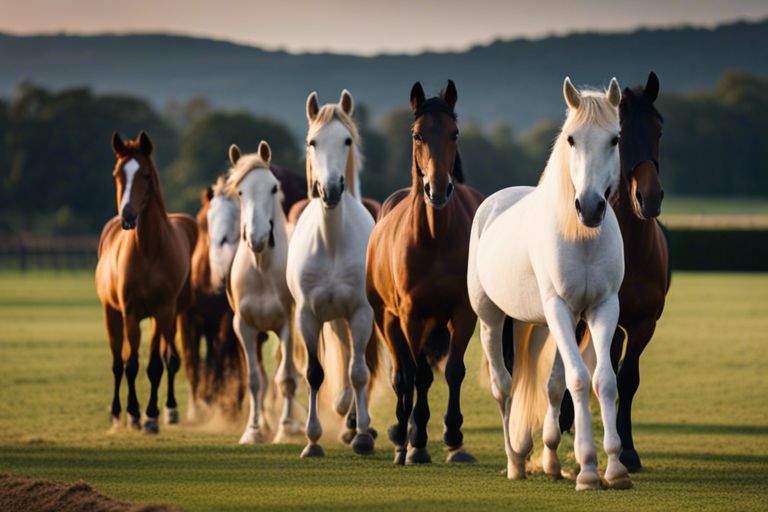
The Importance of Breed Characteristics
After deciding to pursue equestrian sports, the next crucial step is choosing the right horse breed. Breed characteristics play a significant role in determining a horse’s suitability for a specific discipline. Understanding how factors such as coat color and pattern, body type and muscling, as well as breed-specific traits, can impact your horse’s performance is crucial in making an informed choice.
Coat Color and Pattern: Does it Matter?
If you are considering horse showing or dressage, coat color and pattern may not have a direct impact on performance. However, in disciplines like western pleasure where presentation is key, certain coat colors and patterns can help your horse stand out in the show ring. Remember to focus on the horse’s abilities and temperament rather than just aesthetic qualities when evaluating coat color and pattern.
Body Type and Muscling: Impact on Performance
Some disciplines require specific body types and muscling for optimal performance. For example, in racing, lighter, leaner horses with well-defined muscling are preferred for speed and agility. On the other hand, in disciplines like eventing that require a combination of speed, endurance, and jumping ability, a strong, well-muscled build may be more advantageous.
Body type and muscling can affect your horse’s ability to excel in its chosen discipline. An understanding of how these factors contribute to performance can help you select a horse that is best suited for your equestrian goals.
Breed-Specific Traits: Feathers, Stockings, and More
Performance in certain disciplines may be enhanced by breed-specific traits such as feathers, stockings, or distinctive markings. For instance, in the show ring, breeds like the Friesian with their long, flowing mane and tail can captivate judges and spectators. These unique traits can add flair to your performance and make your horse memorable to the audience.
With careful consideration of breed-specific traits and how they align with your chosen discipline, you can leverage these characteristics to your advantage and set yourself apart in competition.
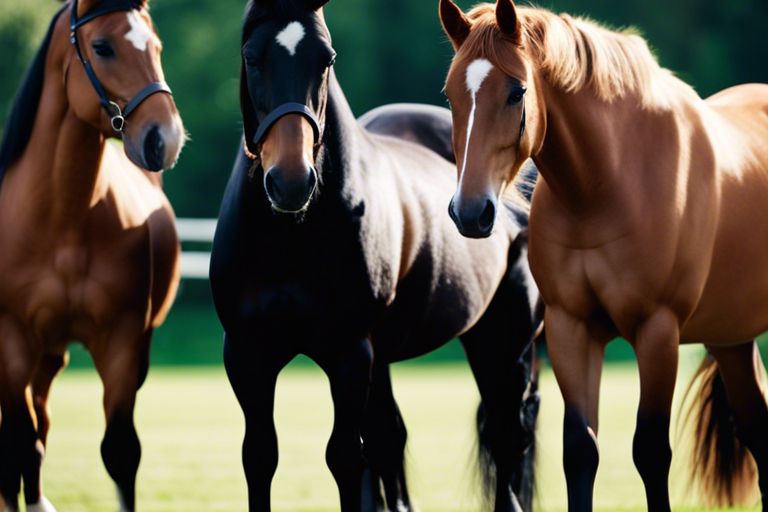
How to Research and Find the Right Horse
Working with a Trainer or Agent
Your first step in finding the right horse for equestrian sports is to consider working with a trainer or agent. These professionals have the expertise and experience to help match you with a horse that suits your riding goals and skill level. A trainer can assess your abilities and needs, then search for horses that fit those criteria within their network.
Online Resources: Websites, Forums, and Social Media
Any equestrian looking for a horse should leverage online resources like websites, forums, and social media platforms. Websites such as Equine.com and DreamHorse.com list horses for sale, allowing you to browse through numerous listings to find potential matches. Forums and social media groups can also be valuable in connecting you with sellers, breeders, and other riders who may have leads on the perfect horse for you.
Trainer recommendations and online reviews can help you assess the reputation and reliability of sellers and breeders you may encounter during your search. Be sure to do your due diligence and research any leads thoroughly before pursuing them.
Visiting Farms and Meeting Horses in Person
Forums and online listings can only tell you so much about a horse. When you’ve narrowed down your choices, it’s crucial to visit farms and meet the horses in person. This hands-on approach allows you to assess the horse’s temperament, movement, and overall suitability for your riding goals. Take your time getting to know each horse, and don’t be afraid to ask the seller questions about the horse’s history and training.
Meeting the horse in person also gives you the opportunity to test ride the horse and see how well you mesh with it. Pay attention to how the horse responds to your cues and whether you feel comfortable and confident while riding. Trust your instincts during this process to ensure that you find a horse that is the right fit for you.
Final Words
As a reminder, choosing the right horse breed for equestrian sports is a decision that requires careful consideration. You need to take into account your riding goals, experience level, and the specific discipline you will be participating in. By doing thorough research and seeking advice from professionals, you can find the perfect horse breed that matches your needs and abilities. Remember that the bond between you and your horse is crucial for a successful partnership in the world of equestrian sports.
Q: Why is it important to choose the right horse breed for equestrian sports?
A: It is crucial to select the right horse breed for equestrian sports to ensure that the horse’s characteristics and abilities align with the specific requirements of the sport, enhancing performance and reducing the risk of injury.
Q: What factors should be considered when choosing a horse breed for equestrian sports?
A: Factors to consider include the horse’s size, temperament, athletic ability, conformation, and suitability for the specific discipline of equestrian sports you are interested in.
Q: How does the horse’s size play a role in choosing the right breed for equestrian sports?
A: The horse’s size is significant as it can affect its ability to excel in different equestrian disciplines. For example, taller horses may be better suited for show jumping, while smaller, agile horses may excel in dressage.
Q: Which horse breeds are well-suited for specific equestrian sports?
A: Different horse breeds excel in various equestrian disciplines. For example, Thoroughbreds are often used for racing and eventing, while Quarter Horses are popular in Western riding disciplines such as reining and cutting.
Q: How can I determine the suitability of a horse breed for my chosen equestrian sport?
A: Researching the characteristics and history of different horse breeds, consulting with breeders and trainers, and observing horses in action can help you assess the suitability of a particular breed for your chosen equestrian sport.
